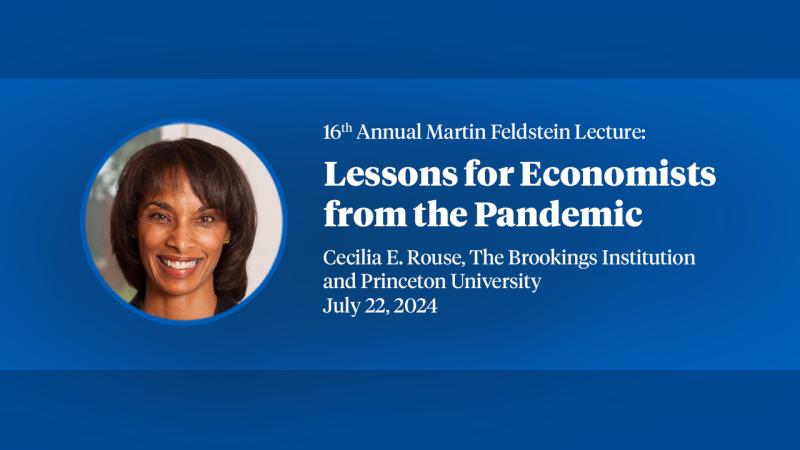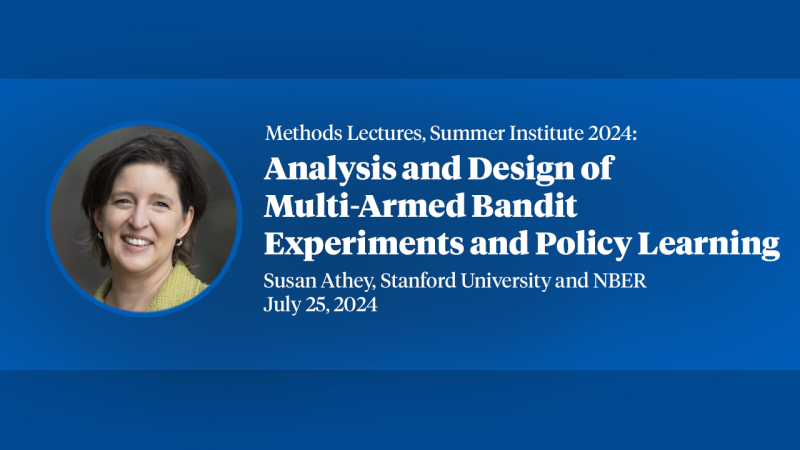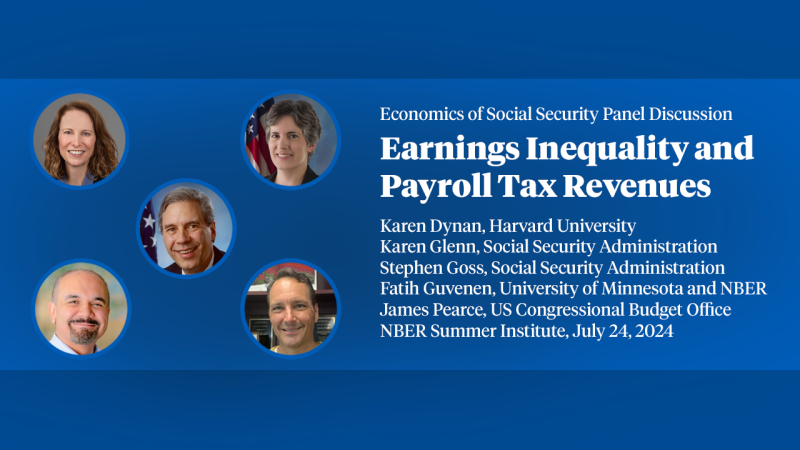Does Central Bank Intervention Increase the Volatility of Foreign Exchange Rates?
Since the abandonment of the Bretton Woods system of fixed exchange rates in the early 1970s, exchange rates have displayed a surprisingly high degree of time-conditional volatility. This volatility can be explained statistically using autoregressive conditional heteroscedasticity models, but there remains the question of the economic source of this volatility. Central bank intervention policy may provide part of the explanation. Previous work has shown that central banks have relied heavily on intervention policy to influence the level of exchange rates, and that these operations have, at times, been effective. This paper investigates whether central bank interventions have also influenced the variance of exchange rates. The results from daily and weekly GARCH models of the $/DM and $/Yen rates over the period 1985 to 1991 indicate that publicly known Fed intervention generally decreased volatility over the full period. Further, results indicate that intervention need not be publicly known for it to influence the conditional variance of exchange rate changes. Secret intervention operations by both the Fed and the Bundesbank generally increased exchange rates volatility over the period.
Published Versions
"Central Bank Intervention and Exchange Rate Volatility", Journal of International Money and Finance, 17, 1, 161-190, February 1998.


